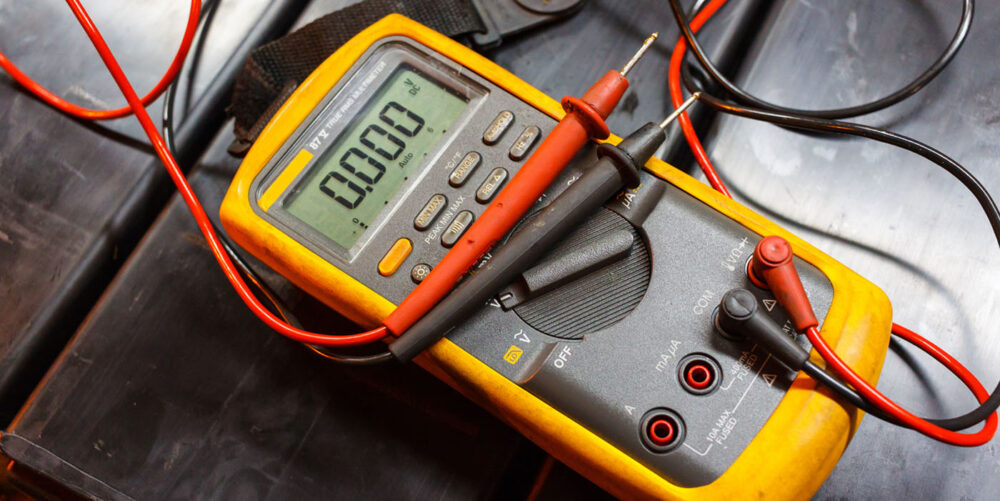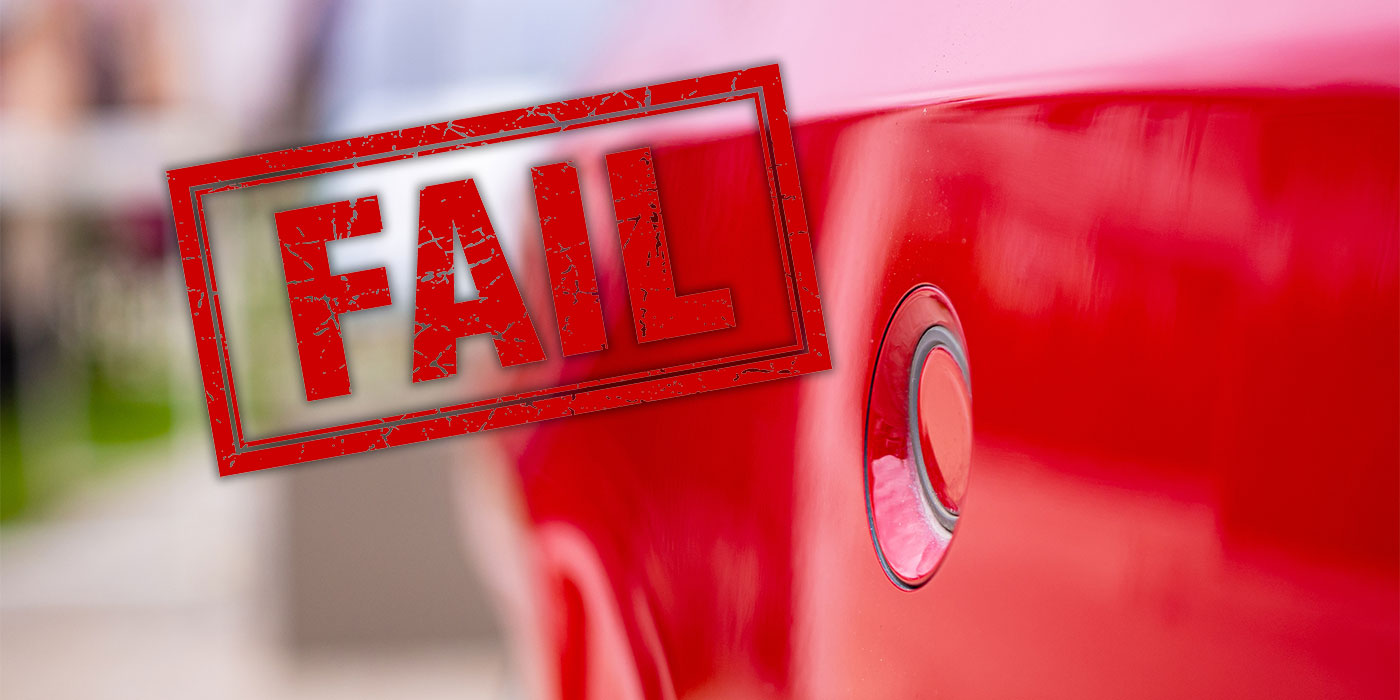I recently read a report from the Insurance Institute for Highway Safety (IIHS) titled, “Consumer Experiences with Crash Avoidance Feature Repairs,” which focuses on consumers’ dissatisfaction with repairs done to their advanced driver-assistance systems (ADAS). If you haven’t read the article, you should, as you may be surprised at the data — which confirms what has been discussed by so many in the collision repair industry.
You have to follow the vehicle manufacturer’s processes exactly. Many have learned by trial and error. Just because the calibration was successful does not mean the system is operating correctly. There are a multitude of reasons why that is, which I will call out later in this article. I’ll also state the obvious: If you’re not doing test drives/drive cycles with an experienced technician behind the wheel, you’re adding to the customer dissatisfaction referred to in the IIHS article. Why are your customers finding the problems with their ADAS features and you’re not? We all, as an industry, are losing the reputation battle one customer at a time — and increasing dealers’ market share of collision services. If you do not change your thoughts and attitude toward repair procedures involving ADAS features, you will lose the reputation battle and soon realize you’re putting families at risk.
Reputation
The IIHS article and data greatly concerns me and should also cause great concern in everyone reading this article. The automotive repair industry — whether it be collision, glass or mechanical — can’t afford to have customers unhappy about the services provided. The stigma or reputation of our industry with consumers is fragile at best. It only takes one customer who has a social media platform to destroy your reputation and the entire industry’s reputation. We have done so much as an industry to promote correct repairs and technician skills that the article should raise a red flag to us all. We need to educate ourselves on the correct procedures to repair and validate ADAS features correctly — and use that information to educate the consumer, for there are those shops who do not care and will keep taking shortcuts or allowing repairs to be done incorrectly for the sake of speed, shop space or a technician cutting corners to get to the next job and flag the hours.
I’ve seen and heard it all from technicians and shops across the country who do not take the ADAS repair processes seriously. It’s not the only reason why the repair industry is failing to validate ADAS systems. We all know it’s the elephant in the room that nobody wants to call out. While testing out new calibration equipment on my own personal vehicle, I’ve had it where the vehicle was almost impossible to drive even after the tool told me the calibration was successful. There were no repairs completed on my Hyundai Palisade; it was just to evaluate a new system for field technicians. I’ve said this before and will say it again: Technicians need to follow all the steps and processes to the most minor detail, and the tools or systems being used must meet OE specifications.
My question to everybody is: Why did the customer bring the vehicle back? What went wrong? If you’re not tracking the reasons and looking for the common denominator, you’ll always be guessing and chasing fires. One of the best possible ways to prevent comebacks is the test drive or drive cycle that nobody has the time for or knows what to look for. No light on the dash does not mean that all is well with the system. The basic fact is, if the technician calibrated the vehicle incorrectly by not following all the prerequisites and parameters for repairs and placement of the targets on a level surface at specific points, there will be no light on the dash to indicate that the calibration was unsuccessful. There are still people who believe that clearing codes is calibrating or fixing the systems and, if there is no light on the dash, you’re good to go. The indicator that the calibration was done wrong or validation method that it was done right is the test drive/drive cycle of the vehicle after repairs are complete.
Before You Go
Before you can validate the systems are correct during the test drive/drive cycle, there must be some quality control process completed to avoid guessing if something is wrong:
- Does the location where calibrations are done conform to OE specs as far as level surface, lighting, target background and correct target size?
- Are all the prerequisites for doing the calibration followed, such as full tank of gas, tire pressure, alignment (if collision damage warrants it) and verification that the vehicle has an operational system to actually calibrate? Fleet vehicles and some consumer vehicles sometimes have the components, but the features are disabled.
- Is the software up-to-date and able to access modules?
- Is the VCI cable that connects the scan tool to the vehicle correct and up-to-date?
- Was the calibration done exactly per OE procedures, such as target placement and a battery maintainer used to manage correct, consistent voltage for computers to operate correctly?
- Did the technician use a digital angle finder to validate the bracket before attaching the radar and bumper cover?
- Are all connections correct as far as location and connectors plugged in correctly?
When doing dynamic calibrations:
- Were parameters met, such as marked roadway speed, etc.?
- Did the technician stay in the middle of the lane? (Vehicles may adapt to the driver during calibration; if the driver stays to the left of center, the vehicle will calibrate to that lane position in calibration mode, which may cause the vehicle to handle incorrectly or indicate a problem, forcing the customer to return for another calibration.)
There is a longer list of quality control items that need to be verified for every vehicle, as any one of these can give you a failed calibration. Some of them can give you a successful calibration and still be dead wrong due to the surface not being level or improper target placement for static calibrations. Diligently following the OEM’s list and processes helps with diagnosis later if a calibration fails or a vehicle returns with an issue.
The Final Validation
Before delivering a vehicle back to the customer, having a person who is familiar with ADAS systems and understands how they operate drive the vehicle and test their functions is one of the most critical steps. Knowing what to look for and how the vehicle should handle is a must for shops in order to release a vehicle that handles correctly, operates correctly and is safe for a family to take onto the roadway. With all the calibrations requiring dynamic calibrations and/or test drives, miles will be put on the odometer that must be communicated to the customer. With that in mind, I also look at mileage in and mileage out on vehicles after repairs. Many times, I see a difference of only a mile or two. When I see that, I know that nobody test drove the vehicle after repairs, but if a dynamic calibration was called for, I may question if it was done depending on the year, make and model.
A test drive/drive cycle is very much like a dynamic calibration, but there are some differences. During a dynamic calibration, OE parameters must be met. Since the systems aren’t functioning correctly yet and the focus is on the calibration, the technician may not be thinking about the feel of how the vehicle is handling or how the vehicle’s systems are operating. The tech is looking for the “calibration complete” signal and boom, it’s back to the shop. For the test drive/drive cycle, the person performing it must feel and see how the systems are operating. Does the vehicle react and alert correctly to the roadway and hazards? Does the vehicle wander or miss cues when it should warn or react by lights, sounds or steering?
Some things to validate include:
- Is the vehicle maintaining the center of the lane?
- Is the vehicle pulling or bouncing between the lines?
- Are all lights and/or warning sounds correctly functioning?
- If the seat or steering wheel vibrates, are they functioning?
- Is the blind spot monitoring system notifying the correct location of the hazard?
- Do the cameras correctly identify hazards?
- If equipped with surround view, is the surround view system operating correctly?
- Verify cruise control operation and distance functions.
- Verify parking sensors.
- Any other related systems: automatic braking system (ABS), traction control, engine start/stop, etc.
Summary
One interesting point the IIHS article brings up is the high number of issues created by the auto glass industry. From my personal experience, I do not see many glass technicians or companies performing test drives/drive cycles. Everyone assumes if the calibration was successful, there won’t be any problems. This IIHS article is a wake-up call that thinking this way is costing you in business, returns and reputation. We should take this opportunity to change our thought process before the consumer turns on the repair industry and our reputation becomes a crutch that shops will have to spend time and money battling against.
Do not underestimate customers’ knowledge of their vehicles. The IIHS article is telling us that customers do know when the vehicles are not operating correctly. The public is learning how their vehicles operate and are gaining experience in how the vehicle should operate and feel. Are you? If you aren’t, maybe repairing them should be left to someone else.














